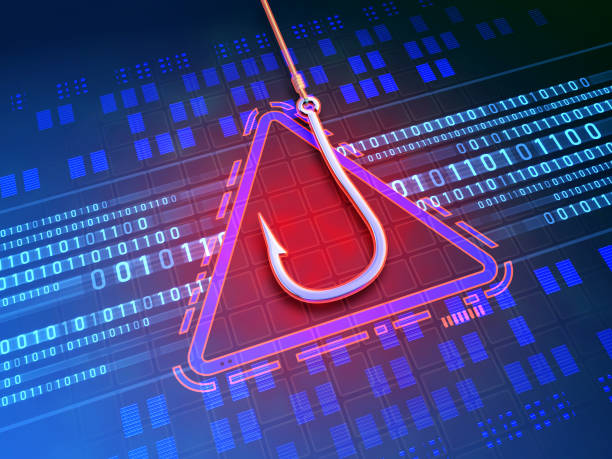Every now and then in a company, a computer or even a network can become infected by a virus, a worm, or a Trojan. A malicious program is usually caught subconsciously, for example when an employee clicks on an infected link and downloads a file or installs a file from outside the company.
But what types of computer viruses are there? We have made the effort and listed the most diverse types. The malicious programs differ in their reproduction, i.e., in the way they multiply on the computer or in the network.
Worms

From a technical point of view, worms are the successors of viruses. They spread completely independently via network and Internet connections. Worms are more common than pure computer viruses. Most of the time, it is a script multiplied by activation of the user – this is mostly done subconsciously. Removable media such as external hard drives, USB sticks, and CD-ROMS / DVD-ROMS can also be infected by a worm. A worm can even use the contacts in your Outlook to distribute itself. A worm infestation in the network is often an IT emergency.
Computer Viruses

Computer viruses are among the oldest malware programs. It is only possible for them to spread on one computer. In order to be able to penetrate other systems, computer viruses need help – usually, this is the user of the computer. This is the only way to spread it further. Once started, a computer virus can cause immense damage, including changes to the hardware, operating system, or installed software. Computer viruses spread by sitting in files that have not yet been infected and adapting them so that when a program is run, the virus is started immediately. An IT emergency can arise quickly. There are a few subspecies here, such as program viruses, script viruses, boot viruses, and macro viruses.
The Trojan

Almost everyone is familiar with the Trojan horse, and Trojan malware also works according to this principle. Trojans disguise themselves as useful utilities. Most of the time, an open-source file is downloaded by the user from unsafe sources. Trojan horses are executed directly when software is installed. The user “believes” he is installing a program that is useful for him. Trojans run independently on the computer – it is not possible to terminate or delete the program. A Trojan horse can independently install other software on the computer, these are often SNIFFER or keyloggers. Sometimes, backdoor programs allow the computer to be controlled over a network without being noticed. The last best-known Trojan was called “Locky”.
Backdoor Programs

Such programs allow cybercriminals direct access to your computer, which can even be controlled remotely. It can happen that a user becomes ignorant of the SPAM mail sender.
Dialers – Fraud Programs

Dialers used to be a big problem. You dial in via your modem so that they can dial phone numbers, mostly these are phone numbers with a handsome price per minute.
Phishing Emails

Phishing emails are still used en masse, they are not that rare. Phishing emails are not malware in a sense, but they are extremely dangerous. They disguise themselves as emails from your bank, a DHL delivery, or an email asking you to change your access data from the mobile operator. Should you then enter your data on the wrong pages carelessly, the data will of course be intercepted!
Fake News

Deliberate false reports inform you about security gaps on your PC. Sometimes they recommend you to install a protection program from the Internet, and this is where you can catch a Trojan.



